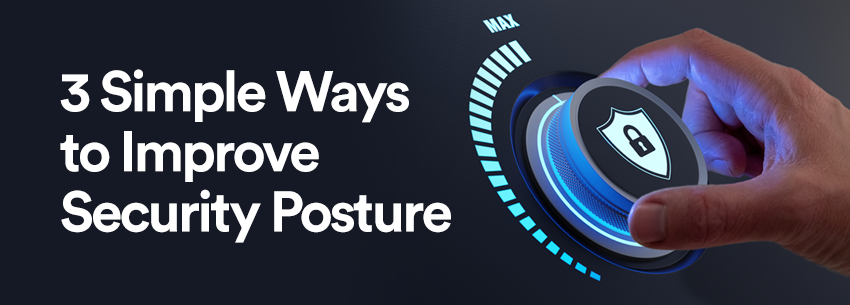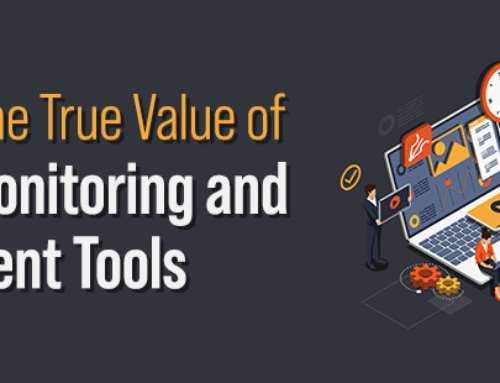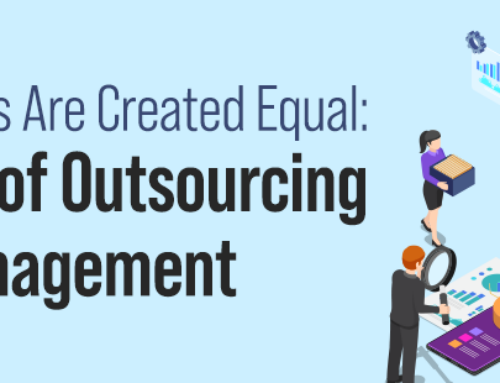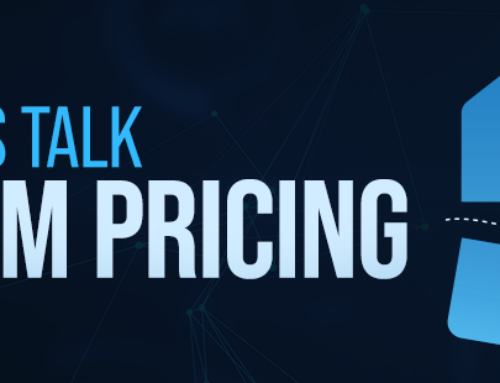Cyberattacks dominated headlines in 2021, and 2022 continues to see record numbers of attacks affecting businesses and individuals around the world. In total, damages from cyberattacks in 2021 totaled $6 trillion, up from half that sum in 2015.
For managed services providers (MSPs), this rising risk landscape creates a new level of responsibility when it comes to improving the cybersecurity posture for their clients, as well as for their own organizations. It is more impotent than ever for MSPs to act as trusted advisors in this area and support their clients in building strategic cybersecurity strategies to limit their risk.
The good news is that there are several meaningful and practical steps that an MSP can take to reduce their risk level from cyberattacks.
Here are three simple areas for an MSP to consider as they look to improve cybersecurity offerings for their customers, as well as look internally to limit their own risk from attacks.
Get the cybersecurity basics right.
While there are advanced threats that target organizations, the reality is that many organizations are victims of attacks because they neglected to implement the cybersecurity basics, such as patching devices with known vulnerabilities, updating devices to the latest operating systems, and leveraging strong passwords. By leveraging their remote monitoring and management (RMM) tool, MSPs can play an essential role in helping customers implement these best practices across every customer organization and ensure they are being managed on an ongoing basis.
Multi-factor authentication (MFA).
One of the easiest ways for an organization to level up its security is to implement MFA across all critical accounts and devices. In doing this, an organization can limit the ability of attackers to steal passwords and compromise accounts without their knowledge. MSPs can help their clients implement MFA and educate them on how to use it properly across all necessary systems. MFA is also a tool that MSPs should consider leveraging for themselves, especially given their privileged administrator access to many customer accounts and systems and for essential tools such as RMM.
Cybersecurity awareness and training.
A company can leverage all the technology in the world to limit risk. Still, the unfortunate reality is that humans are often the last flawed link that allows an attacker to enter systems through clicking on a bad link, downloading a malicious attachment, or other means. An MSP can drive significant value to clients by offering cybersecurity awareness training as part of their services or as an optional add-on for additional revenue to teach best practices to employees.
These are just three ways an MSP can begin to consider adding value to customer organizations around cybersecurity, but the reality is that these are just starting points. MSPs should ensure that cybersecurity is always top of mind, both for their own organizations and their customers, and constantly evaluate new ways to limit risk based on the current attack landscape.
The good news for MSPs is that, by acting as trusted advisors to customers around cybersecurity, they’re proving their value as a provider and also opening the door to opportunities for new streams of revenue through added technologies and services that the customer needs. In this way, both customers and their MSP partners can win.




